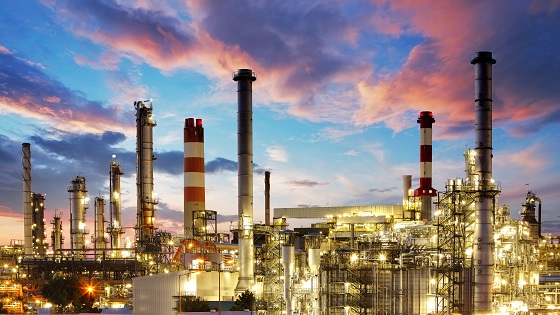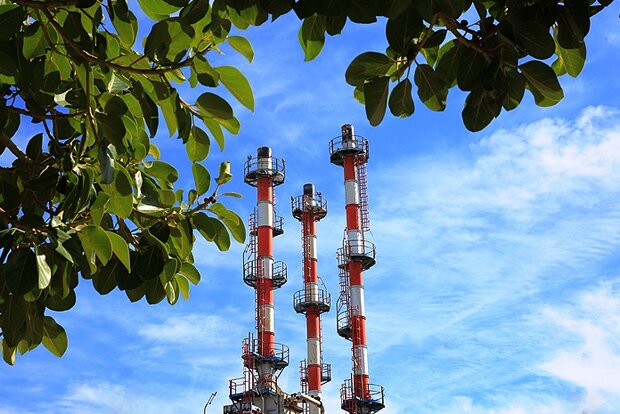

Following the increasing advancement of technology as well as increasing household consumption in various industries, the importance of the petrochemical industry has increased. This category is doubly important for Iran, which has rich oil and gas resources. At the same time, the development documents and general policies of the resistance economy have repeatedly emphasized the importance of the petrochemical industry. For example, in paragraphs eleven and sixteen of the sixth development document, the completion of the value chain of downstream oil and gas industries is mentioned and in paragraph 28, it is mentioned as the first priority of strategic industries.
One of these projects, the implementation of which has caused a lot of criticism, is the Amirabad propylene project located in Mazandaran province. The project is to be built at a total cost of about $ 1 billion and has an annual production capacity of 470,000 tons of propylene.
In the twelfth government, a package called the second and third packages of petrochemical production leap was developed and brought acceptable growth in the petrochemical industry. In the last year alone, 17 projects with an annual capacity of 25 million tons have been put into operation. This package has been completed with the opening of the remaining 10 projects until 1401 and the total capacity of Iran’s petrochemical industry reaches the prospect of 100 million tons.
Category :
PetrochemicalRelease date :
August 24,2021
Address: ahwaz ,azadegan
phone: 0900000000
mail: info@example.com

© All rights of this website belong to the Ministry of Oil of the Islamic Republic of Iran.
Sales and consulting expert
Support time is 9 to 18
Sales and consulting expert
Support time is 9 to 18
Sales and consulting expert
Send your message
Leave a Reply